Florence Edmonds | |
|---|---|
 Portrait of Florence Edmonds | |
| Born | Florence Jacobs March 27, 1890 |
| Died | 1983 (Age 94) |
| Occupation(s) | Nurse Teacher Healthcare Administrator |
Florence Edmonds (1890-1983) was a nurse, teacher, and healthcare administrator. [1] [2]
Florence Edmonds | |
|---|---|
 Portrait of Florence Edmonds | |
| Born | Florence Jacobs March 27, 1890 |
| Died | 1983 (Age 94) |
| Occupation(s) | Nurse Teacher Healthcare Administrator |
Florence Edmonds (1890-1983) was a nurse, teacher, and healthcare administrator. [1] [2]
Edmonds was born, raised, and went school in Pittsfield, Massachusetts. Her grandfather was Rev. Samuel Harrison, the founder and first leader of Second Congregational Church. In 1908, she was the valedictorian for the class of 1908 at Pittsfield High School. [1] [3]
During World War I, she was refused training as a nurse by a local Pittsfield hospital, House of Mercy. In 1917, she was able to enroll in a three-year nursing course at Lincoln Hospital and Home Training School for Nurses in New York City. After completing this course, Edmonds received a scholarship to study hospital social service from Columbia University. [1] [3]
After graduating, Edmonds worked at Henry Street Settlement, a visiting nurses service. [1]
In 1922, Edmonds married William Bailey Edmonds and in 1926, they relocated to her hometown, Pittsfield. They had four children. After moving from New York City to Pittsfield, Edmonds did not try to find work because Pittsfield wasn't "ready for a black [registered] nurse." During this time, she began to sew from home to help earn money for her family. [1] [4] [3]
In the 1940s, Edmonds sought work as a nurse and, during World War II, she taught home nursing classes for the American Red Cross. In 1945, she joined the Pittsfield Visiting Nurse Association. She acted as secretary for District One of the Massachusetts State Nurses Association. From 1956 to 1968, Edmonds served as a health coordinator and part-time instructor in home nursing at Pittsfield General Hospital. [1] [4] [3]
In 1962, Edmonds was named "Mother of the Year" by the Women's Club in Pittsfield. [1] [3]

Lillian D. Wald was an American nurse, humanitarian and author. She strove for human rights and started American community nursing. She founded the Henry Street Settlement in New York City and was an early advocate for nurses in public schools.

Hildegard E. Peplau was an American nurse and the first published nursing theorist since Florence Nightingale. She created the middle-range nursing theory of interpersonal relations, which helped to revolutionize the scholarly work of nurses. As a primary contributor to mental health law reform, she led the way towards humane treatment of patients with behavior and personality disorders.
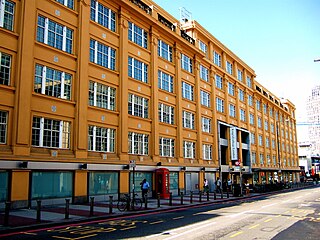
The Florence Nightingale Faculty of Nursing, Midwifery & Palliative Care is an academic faculty within King's College London. The faculty is the world's first nursing school to be continuously connected to a fully serving hospital and medical school. Established on 9 July 1860 by Florence Nightingale, the founder of modern nursing, it was a model for many similar training schools through the UK, Commonwealth and other countries for the latter half of the 19th century. It is primarily concerned with the education of people to become nurses and midwives. It also carries out nursing research, continuing professional development and postgraduate programmes. The Faculty forms part of the Waterloo campus on the South Bank of the River Thames and is now one of the largest faculties in the university.

Lystra Gretter was a Canadian-American nurse who devoted her career to improving the nursing field in Michigan, promoting nursing as a profession, and writing the Nightingale Pledge, a nurses' pledge.

Mary Eliza Mahoney was the first African-American to study and work as a professionally trained nurse in the United States. In 1879, Mahoney was the first African American to graduate from an American school of nursing.
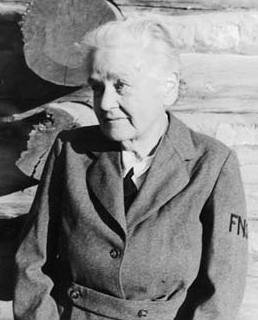
Mary Carson Breckinridge was an American nurse midwife and the founder of the Frontier Nursing Service (FNS), which provided comprehensive family medical care to the mountain people of rural Kentucky. FNS served remote and impoverished areas off the road and rail system but accessible by horseback. She modeled her services on European practices and sought to professionalize American nurse-midwives to practice autonomously in homes and decentralized clinics. Although Breckinridge's work demonstrated efficacy by dramatically reducing infant and maternal mortality in Appalachia, at a comparatively low cost, her model of nurse-midwifery never took root in the United States.

Linda Richards was the first professionally trained American nurse. She established nursing training programs in the United States and Japan, and created the first system for keeping individual medical records for hospitalized patients.

Adah Belle Samuels Thoms was an African American nurse who cofounded the National Association of Colored Graduate Nurses, was acting director of the Lincoln School for Nurses, and fought for African Americans to serve as American Red Cross nurses during World War I and eventually as U.S. Army Nurse Corps nurses starting with the flu epidemic in December 1918. She was among the first nurses inducted into the American Nurses Association Hall of Fame when it was established in 1976.
Nursing in India is the practice of providing care for patients, families, and communities in that nation to improve health and quality of life.

Ruth Edmonds Hill was an American scholar, oral historian, oral storytelling editor, journal editor, educator, historic preservation advocate. Her oral history office is part of the Radcliffe Institute for Advanced Study at Harvard University. She is an iconic figure among oral storytellers, particularly in the United States but also abroad, and has advised storytellers' organizations. Her spouse is Dr. Hugh Morgan Hill who is also known as Brother Blue. Ruth Edmonds Hill is sometimes known as Sister Ruth. Ruth Edmonds Hill is the daughter of Florence Edmonds of western Massachusetts, whose life story is chronicled and has been critically analyzed as part of African-American oral history. Hill has degrees from Simmons College and the University of Massachusetts Amherst.
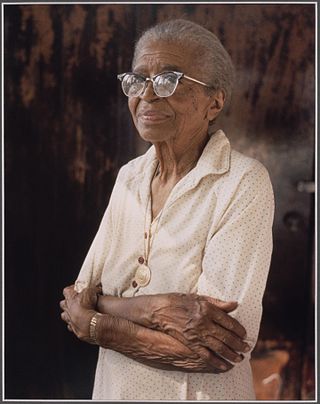
Eunice Verdell Rivers Laurie (1899–1986) was an African American nurse who worked in the state of Alabama. She is known for her work as one of the nurses of the U.S. Public Health Service Syphilis Study in Macon County from 1932 to 1972.
The history of nursing in the United Kingdom relates to the development of the profession since the 1850s. The history of nursing itself dates back to ancient history, when the sick were cared for in temples and places of worship. In the early Christian era, nursing in the United Kingdom was undertaken by certain women in the Christian Church, their services being extended to patients in their homes. These women had no real training by today's standards, but experience taught them valuable skills, especially in the use of herbs and folk drugs, and some gained fame as the physicians of their era. Remnants of the religious nature of nurses remains in Britain today, especially with the retention of the job title "Sister" for a senior female nurse.

The history of nursing in the United States focuses on the professionalization of Nursing in the United States since the Civil War.

Lucy Miller Mitchell was an early childhood education specialist and community activist from Boston who was instrumental in getting the state to regulate day care centers. She is credited with modernizing the day care system in Massachusetts.

Martha Minerva Franklin was an African-American nurse, one of the first people to campaign for racial equality in nursing.
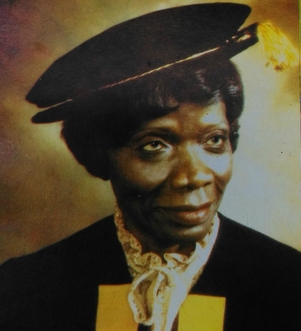
Chief Kofoworola Abeni Pratt Hon. FRCN was a Nigerian nurse who was one of the first notable black nurses to work in Britain's National Health Service. She subsequently became vice-president of the International Council of Nurses and the first black Chief Nursing Officer of Nigeria, working in the Federal Ministry of Health.

Mary Elizabeth Shellabarger was a Registered Nurse, army nurse overseas during World War I, and director of American Red Cross Nursing Service in Albania and Montenegro.
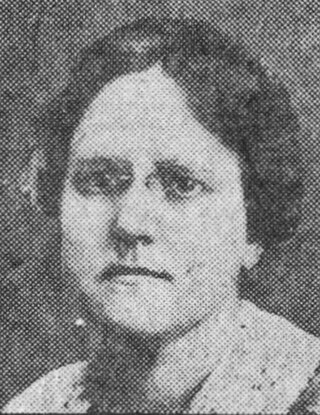
Ida Maud Cannon was an American social worker, who was Chief of Social Service at Massachusetts General Hospital from 1914 to 1945.
The Lincoln School for Nurses, also known as Lincoln Hospital and Nursing Home School for Nurses, and Lincoln Hospital School of Nursing, was the first nursing school for African-American women in New York City. It existed from 1898 to 1961. It was founded by Lincoln Hospital in Manhattan. The hospital and nursing school, moved to 141st Street, between Concord Avenue and Southern Boulevard in Mott Haven, the South Bronx, after 1899.